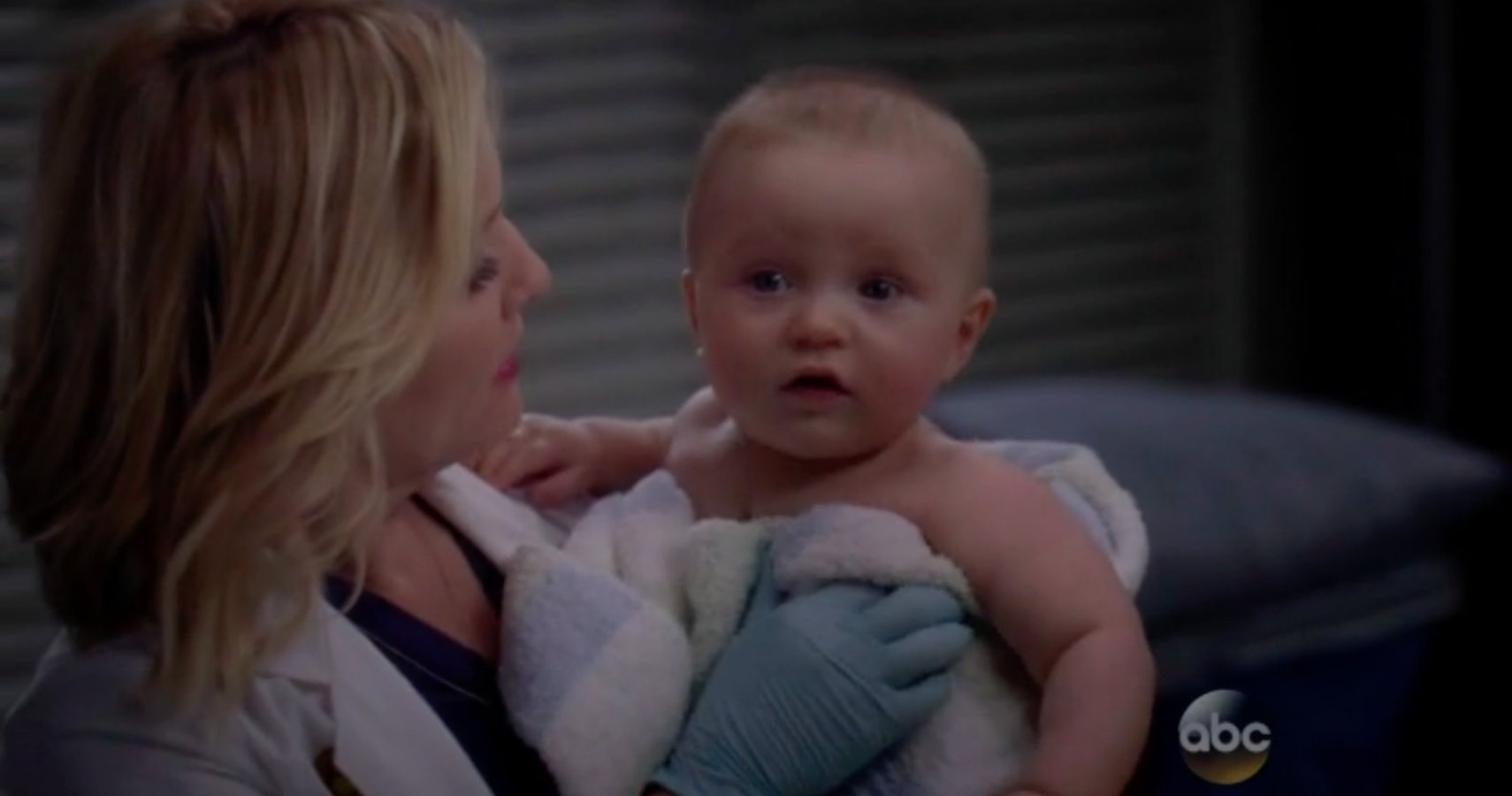You read that correctly - obstetric crash carts are a real thing! They're not just a gimmick on Grey's Anatomy and Dr. Arizona Robbins did not invent them. As part of the California Maternal Quality Care Collaborative (CMQCC), Dr. David Lagrew created the first "hemorrhage cart" to be used specifically during birth.
Maternal mortality rates in the US are pretty terrible - in fact, we have the worst maternal mortality of any developed country! As a doula, I believe the best way to birth is the way that makes the birthing mother feel most comfortable and safe. But how can a mother feel safe when birth can be emergent; it can be overwhelming; it can be downright scary! Once labor begins there's no stopping that train. You can't just get off the ride if things go sideways - so your doctor had better be prepared for anything.
One of the key contributors to maternal mortality is the instance of hemorrhage. There are number of reasons why a mom might begin to bleed uncontrollably after birth. Obstetricians cite previous c-sections as a huge risk factor, as it increases the risk for placenta accreta (where part of the placenta grows into the uterine wall or even into the body cavity outside the uterus). This emergency is potentially deadly if it is not addressed very quickly. CMQCC aims to decrease primary c-section rates in order to prevent further complications in subsequent births.
Dr. Lagrew decided that he had had enough of watching mothers bleed out in the delivery room. He wanted to find a way to make sure that mothers who were hemorrhaging could get immediate care before it's too late. One of the challenges in addressing maternal hemorrhage is that it can be nearly impossible to appropriately estimate how much blood a mother has lost. If she loses four liters of blood, then that needs to be replaced with four donated liters. It is definitely possible that she could require more donated blood than the human body can even hold, given the rate of bleeding. So Dr. Lagrew points to Triton OR, an FDA-approved blood loss monitor. This device allows doctors to appropriately measure the need for more replacement blood in order to keep the mother sanguinated.
In addition to measuring blood loss, Dr. Lagrew instituted an obstetric crash cart to be used in labor and delivery. While it has some standard equipment that is particularly useful in any emergency situation, there are a few specific items that are crucial to mothers in crisis. What's even more exciting is that the crash cart is organized so that the very top drawer is the most urgent and emergent commonplace necessity! Once a nurse or doctor understands what's in the OB crash cart and how to use it, this new tool is immediately embraced by the hospital. Not just because it improves maternal mortality rates, but because it is a cheap and straight-forward solution that only requires a few new hospital carts to implement. If I’m being honest, it makes me a little upset to know that this is such an easy fix - and yet it took so long to develop!
The combined innovation of the OB crash cart and Dr. Lagrew's method for measuring blood loss has had a dramatic impact on obstetrics. Once his hospital group began adhering to these guidelines as their standard operation procedure, they experienced a 21% decrease in maternal deaths. Neighboring hospitals who didn't adopt these new methods? A statistically insignificant 1% decrease in maternal mortality.
Mothers and babies deserve the best care we can give them. OB crash carts, simple as they may be, are just the ticket.
Ask your physician if their hospital uses OB crash carts. Encourage them to push for their implementation! What other ways can we reduce maternal mortality? Share your big ideas with me on Twitter @pi3sugarpi3.

